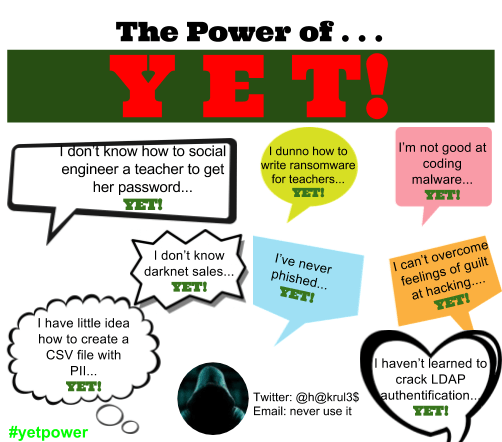I think we can all agree that it is much harder today to know what is true and what isn’t. The amount of fake news, almost true news, and just plain stupid, no-one-cares news has grown unbelievably in the last few years. Couple that with the fact that, regardless of what generation we belong to, we seem to be more willing to believe anything we are told, and you have the recipe for a disaster.
Learning About Fake News
Being a good digital citizen includes being able to tell what is real from what isn’t. You can find ways to help teach students about that in this blog. But there is now another tool that can help as they are learning. And that is SurfSafe.
SurfSafe is a free Chrome add-on that attempts to identify misleading, Photoshop-ed, and fake news throughout the internet. As the company explains,
“At the heart of every fake news story is an image that is likely doctored or taken out of context. SurfSafe uses the news sites you trust, along with face-checking pages and user reports as benchmarks for what images are considered ‘safe.’ It’s simple — just hover over an image and SurfSafe will classify the imge as ‘safe,’ ‘warning,’ or ‘unsafe.’ It will also show you every instance of where the image in question has been seen before. That means that you will be able to see if the context of the image in the article has anything do to with the original instance.”

How SurfSafe Works to Promote Digital Citizenship

It works by having you first tell it what news organizations you trust. Then, it uses those sites as a basis for truth as it evaluates content from other web pages. In addition, you can easily report anything that you see that is not correct through a simple check box.
Here’s an example of what that might look like:
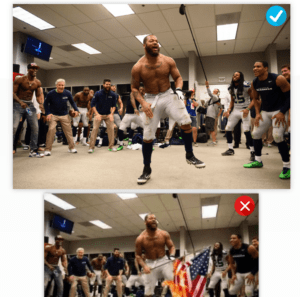
In the Classroom
I would encourage CTOs and Google admins to add the SurfSafe resource to both student and staff browsers. Then, instructional and technology specialists should spend time helping teachers understand how the add-on works, as well as how to best teach students to use it. I envision robust discussions on what news sources are actually reliable today, why the use of fake news and propaganda has grown so much, and how important it is for all of us to rely only on accurate and factual news upon which to base our opinions and actions. SurfSafe provides an excellent tool, as well as a powerful opening to talk about bigger issues we all face.

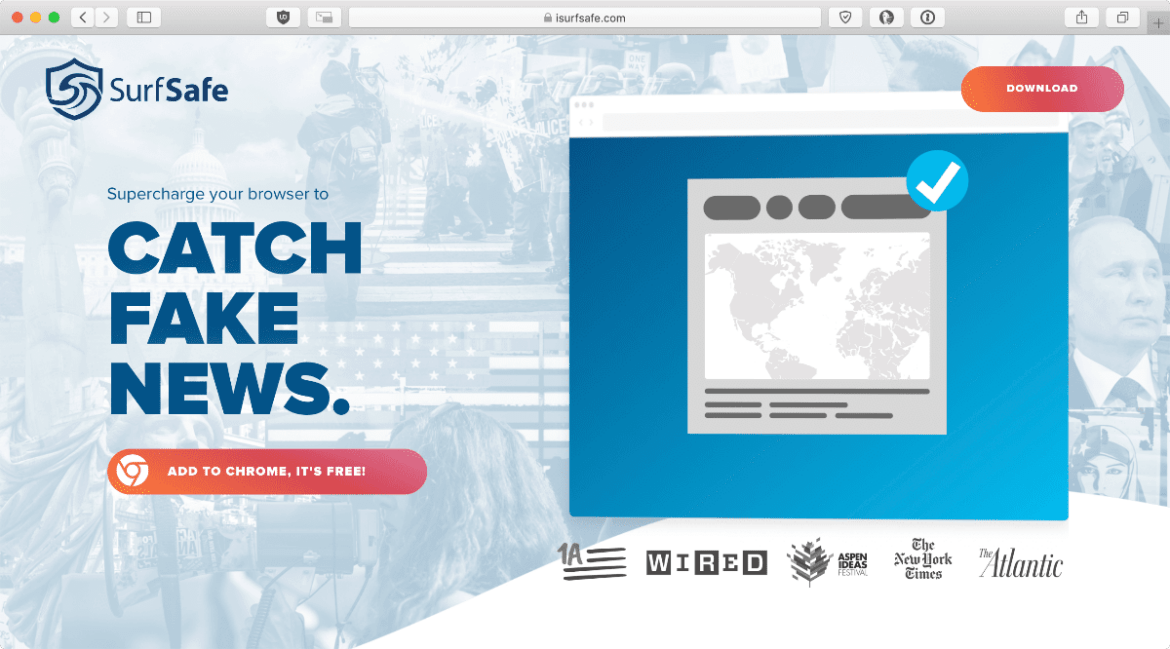


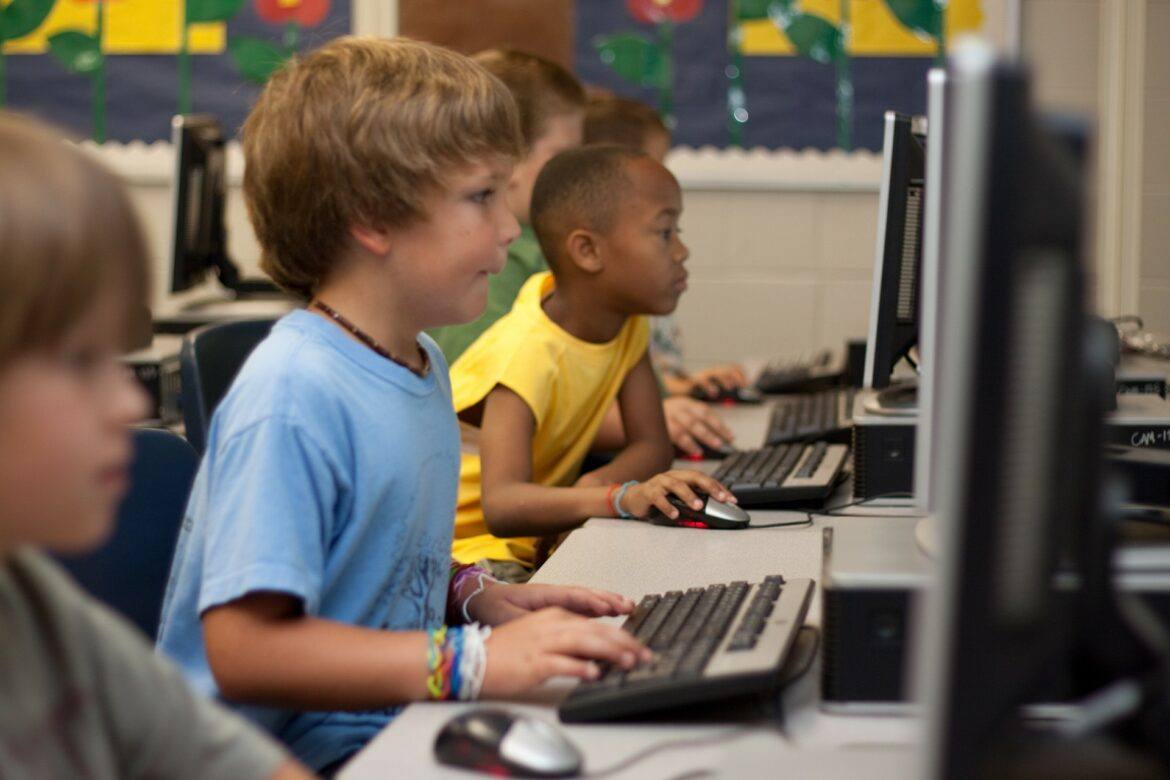
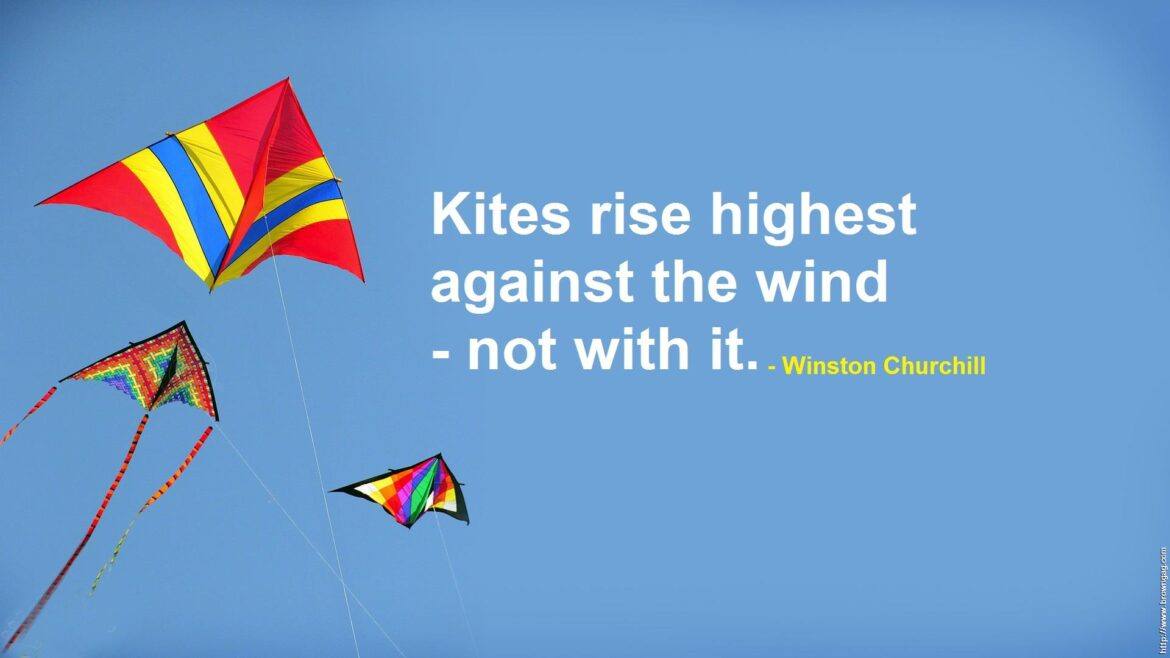
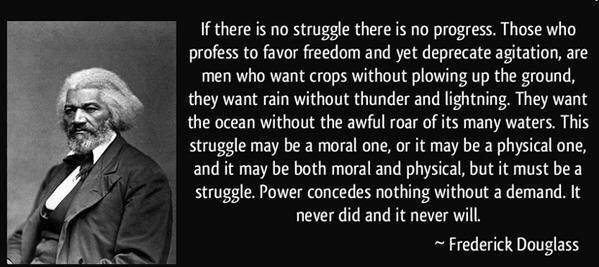

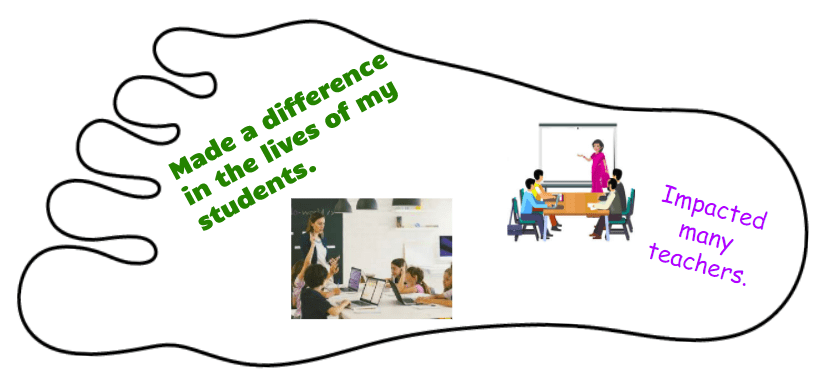
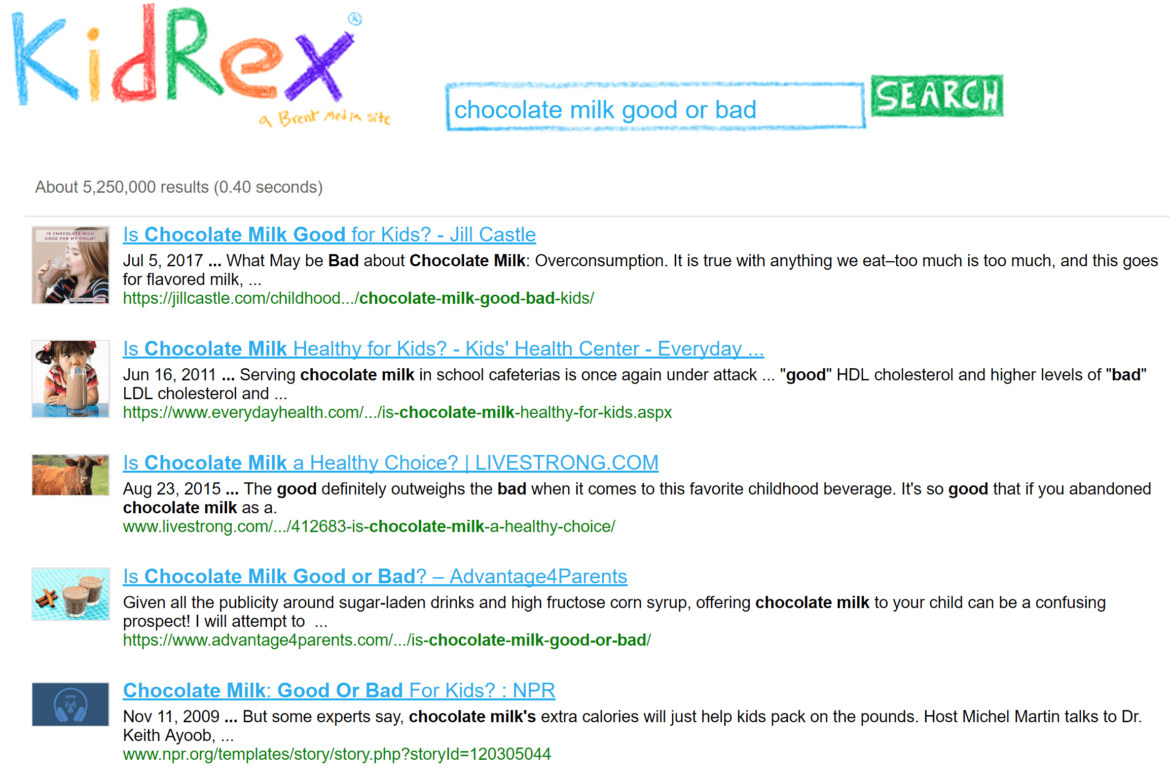
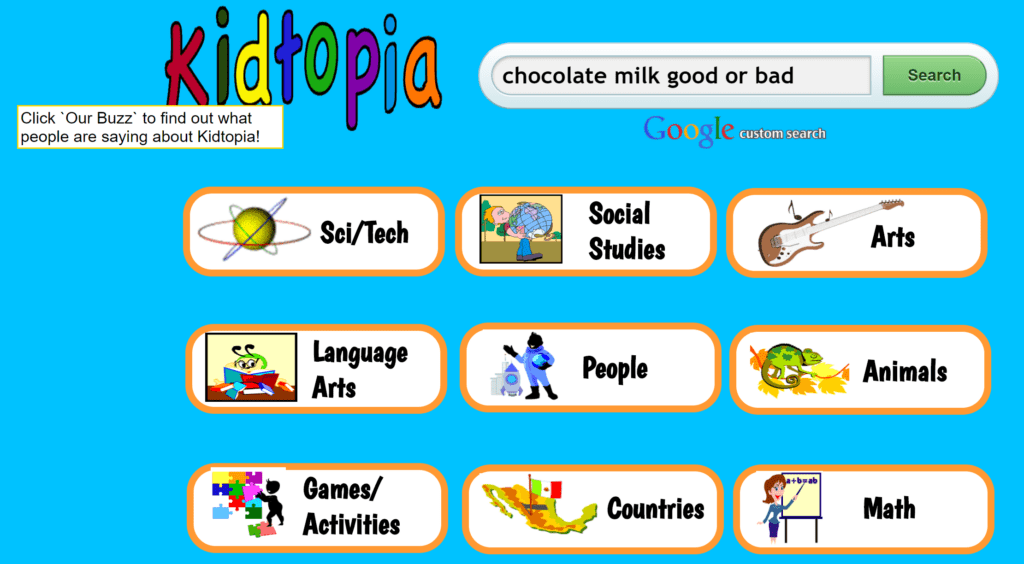
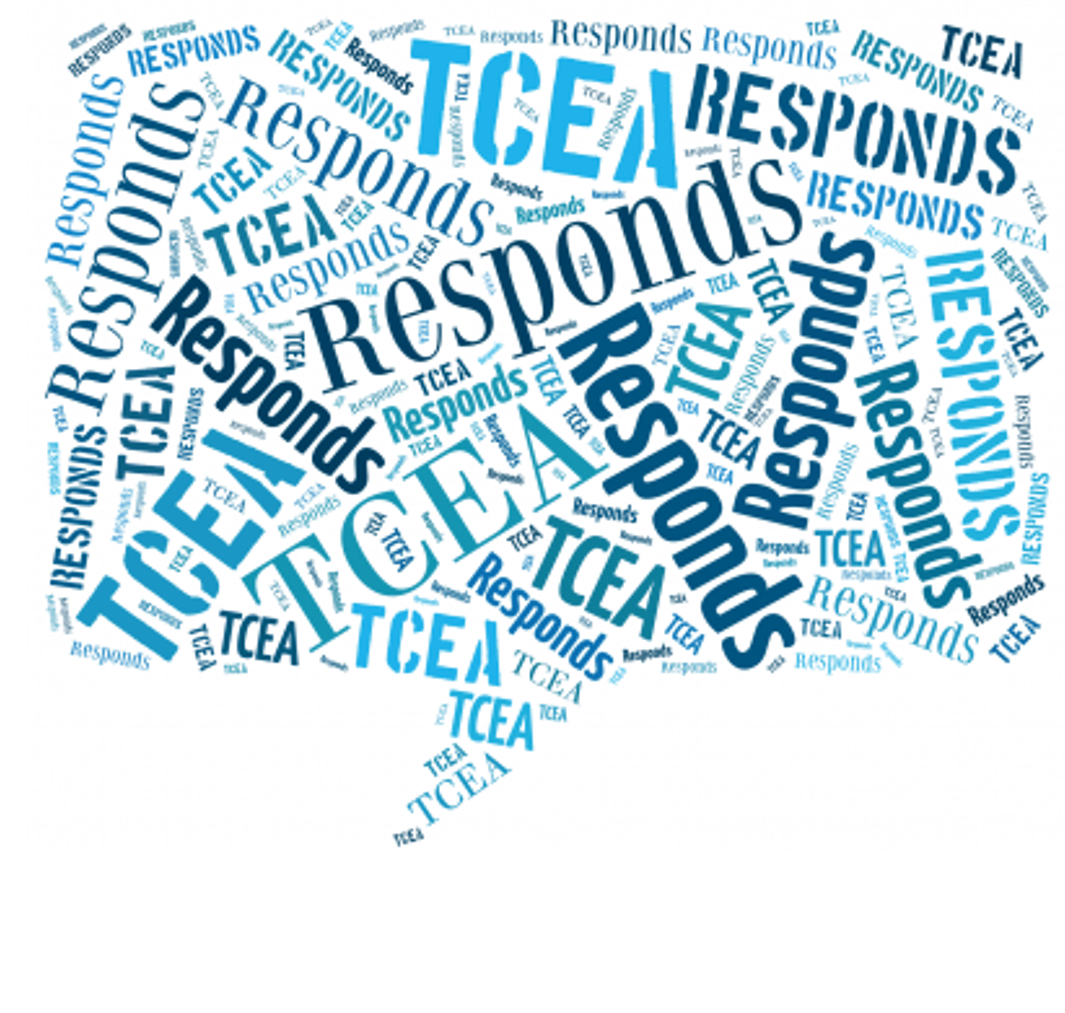
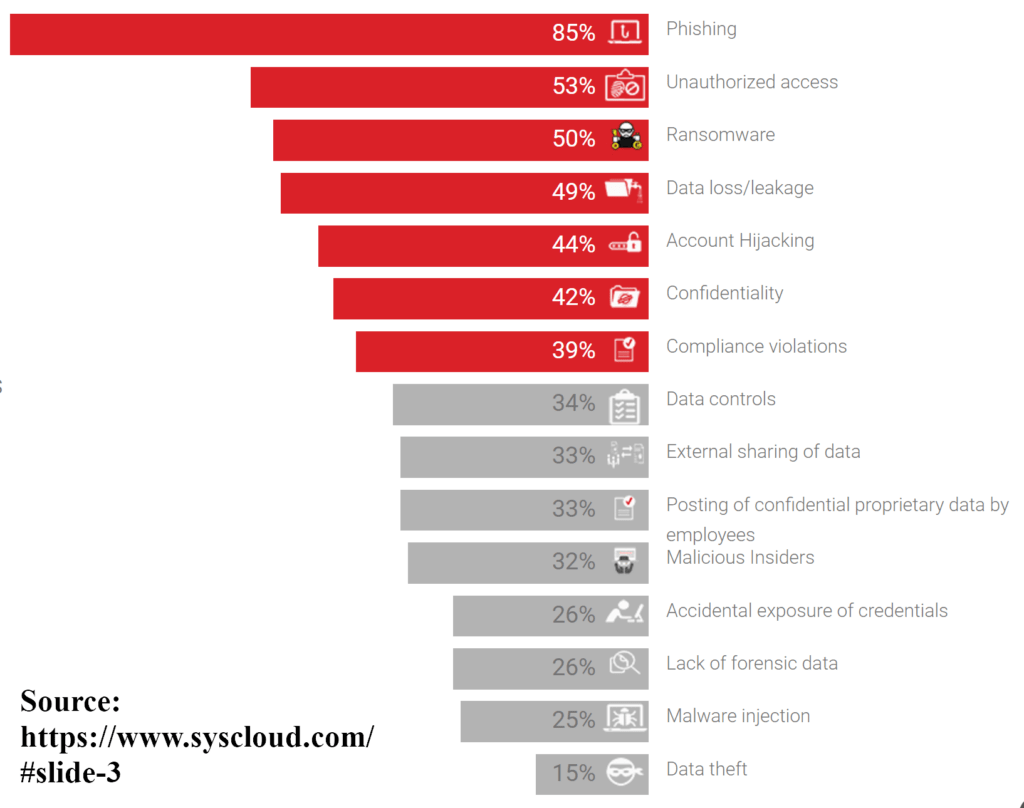
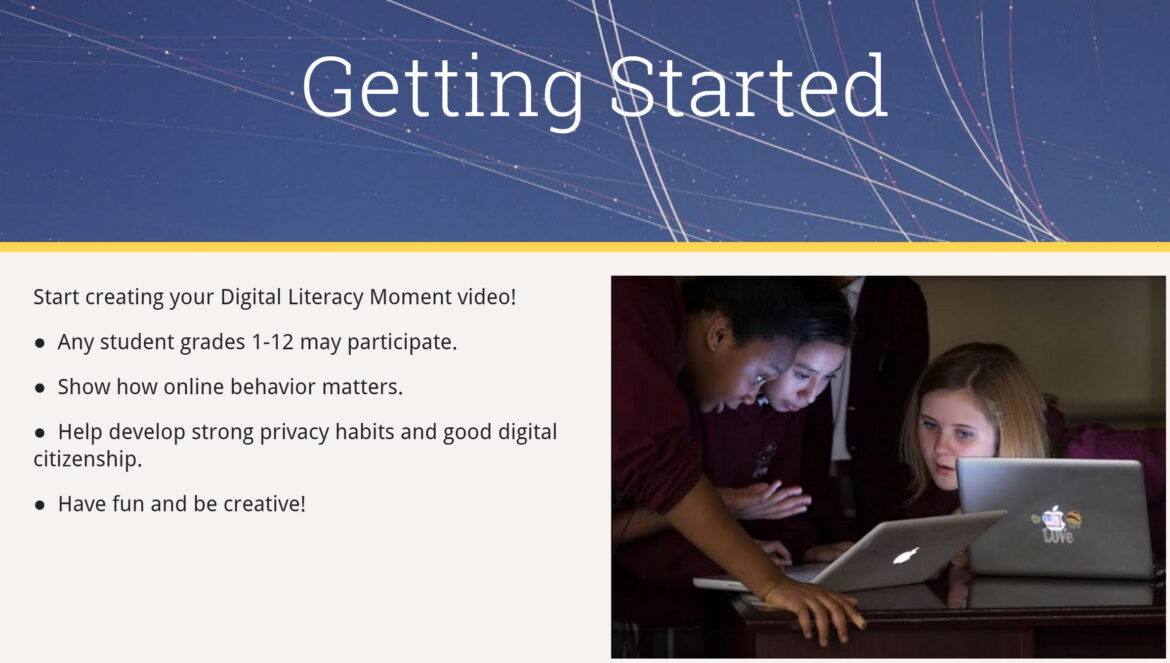
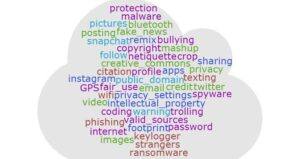 Students prepare short (60- to 90-second) public service announcement (PSA) style videos about critical elements of digital citizenship (phishing, sharing online, security awareness, netiquette, etc.). Students self-select a topic from an available list, including Fake News, Cyberbullying, Login Logic, and
Students prepare short (60- to 90-second) public service announcement (PSA) style videos about critical elements of digital citizenship (phishing, sharing online, security awareness, netiquette, etc.). Students self-select a topic from an available list, including Fake News, Cyberbullying, Login Logic, and  Samantha Rosenthal is an Education Technology Specialist for Houston ISD. She’s committed to the idea that technology can level the playing field for all students across Houston’s 300+ square mile district. Samantha works to promote digital literacy and awareness of online safety and security among students, teachers, and parents within HISD and beyond. You can follow Samantha @rsamantha725.
Samantha Rosenthal is an Education Technology Specialist for Houston ISD. She’s committed to the idea that technology can level the playing field for all students across Houston’s 300+ square mile district. Samantha works to promote digital literacy and awareness of online safety and security among students, teachers, and parents within HISD and beyond. You can follow Samantha @rsamantha725.
